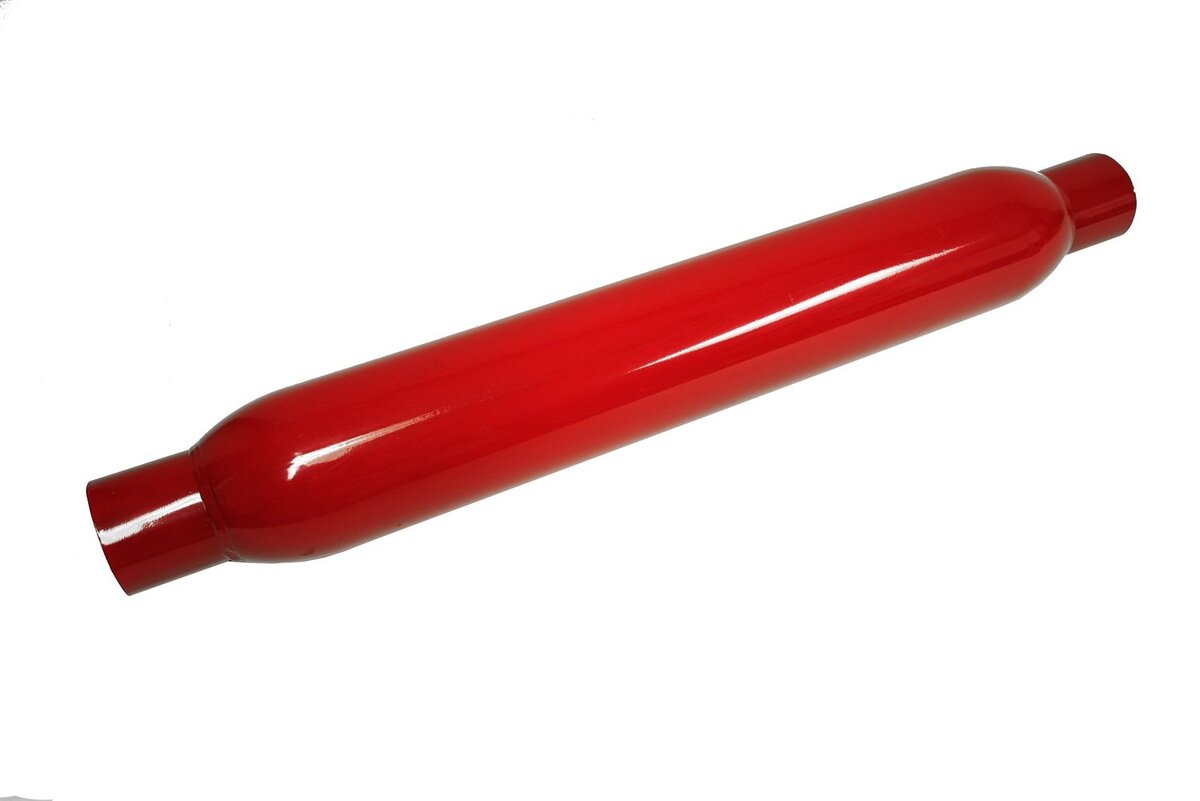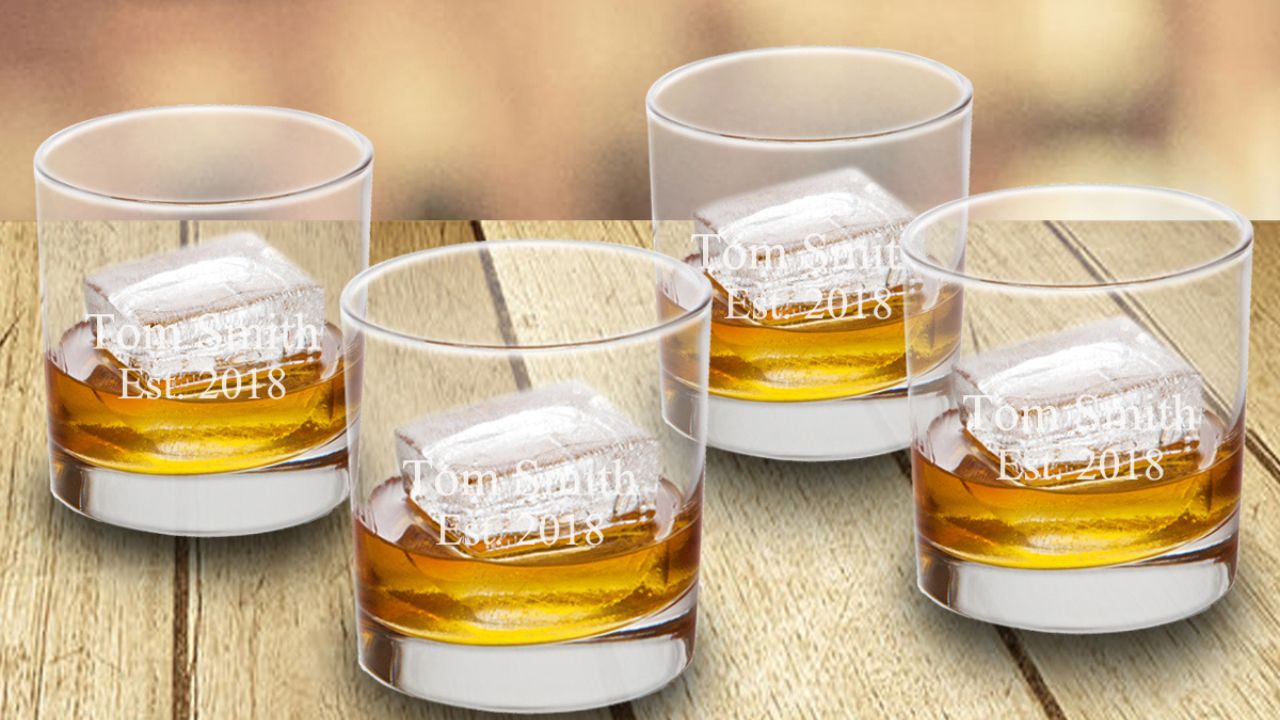Home>Furniture & Design>Interior Design Trends>What Is OEM Glass


Interior Design Trends
What Is OEM Glass
Published: February 4, 2024
Discover the latest interior design trends with our guide to OEM glass. Explore innovative ideas and inspiration for your next project.
(Many of the links in this article redirect to a specific reviewed product. Your purchase of these products through affiliate links helps to generate commission for Storables.com, at no extra cost. Learn more)
Introduction
When it comes to the world of automotive glass, the term "OEM glass" often surfaces in discussions about replacement and repair. But what exactly does OEM glass entail, and why is it a crucial consideration for vehicle owners? Understanding the significance of OEM glass and its impact on safety, performance, and aesthetics is essential for making informed decisions regarding auto glass maintenance and replacement.
OEM, which stands for Original Equipment Manufacturer, refers to the glass that is produced by the same manufacturer that supplied the original glass for the vehicle when it was first assembled. This means that OEM glass is designed to meet the precise specifications and standards set by the vehicle's manufacturer, ensuring a seamless fit and optimal performance. The use of OEM glass in replacement and repair processes is highly recommended by experts in the automotive industry due to its superior quality and compatibility with the vehicle's design.
In this comprehensive guide, we will delve into the intricacies of OEM glass, exploring its definition, benefits, differences from aftermarket glass, and methods for identifying it. By shedding light on these aspects, we aim to equip vehicle owners with the knowledge needed to navigate the realm of auto glass replacement and make well-informed choices that prioritize safety, functionality, and overall vehicle integrity. Let's embark on this journey to unravel the significance of OEM glass and its role in preserving the quality and performance of our vehicles.
Key Takeaways:
- OEM glass, made by the original vehicle manufacturer, ensures a perfect fit, safety, and durability. Choosing OEM glass preserves the value and integrity of your vehicle, providing peace of mind for owners.
- When replacing auto glass, look for markings, consult experts, and compare fit to identify OEM glass. Prioritizing authenticity and quality safeguards your vehicle’s safety and performance.
Read more: What Is Pyrex Glass
Definition of OEM Glass
OEM glass, short for Original Equipment Manufacturer glass, refers to automotive glass that is produced by the same manufacturer that supplied the original glass for the vehicle when it was first assembled. This means that OEM glass is designed to meet the precise specifications and standards set by the vehicle's manufacturer, ensuring a seamless fit and optimal performance. It is important to note that OEM glass is not limited to just windshields; it also encompasses side windows, rear windows, and other glass components installed in vehicles.
The production of OEM glass involves adhering to stringent quality control measures and utilizing advanced manufacturing processes to ensure that the glass meets the exacting standards set by the vehicle manufacturer. This meticulous approach results in glass that not only fits flawlessly within the vehicle's framework but also upholds the structural integrity and safety features designed by the original equipment manufacturer.
One of the key distinguishing factors of OEM glass is its adherence to the original design and specifications of the vehicle. This means that the curvature, dimensions, thickness, and other critical attributes of the glass are precisely aligned with the requirements specified by the vehicle manufacturer. As a result, OEM glass seamlessly integrates with the vehicle's structure, maintaining the intended aerodynamics, structural support, and overall aesthetic appeal.
Furthermore, OEM glass is engineered to meet or exceed the safety standards set by regulatory bodies and industry organizations. This ensures that the glass provides optimal protection in the event of collisions or other unforeseen incidents, contributing to the overall safety of the vehicle's occupants.
In essence, OEM glass embodies a commitment to precision, quality, and compatibility with the original vehicle design. Its adherence to the manufacturer's specifications and rigorous quality standards sets it apart as the preferred choice for auto glass replacement and repair, offering vehicle owners peace of mind and assurance of uncompromised quality and performance.
Benefits of OEM Glass
OEM glass, or Original Equipment Manufacturer glass, offers a myriad of benefits that significantly impact the safety, performance, and overall quality of a vehicle. These advantages underscore the importance of choosing OEM glass for auto glass replacement and repair. Let's delve into the compelling benefits of opting for OEM glass:
-
Superior Quality and Fit: OEM glass is meticulously crafted to meet the exact specifications and standards set by the vehicle's manufacturer. This precision engineering ensures that the glass fits seamlessly within the vehicle's framework, maintaining the intended aerodynamics, structural support, and overall aesthetic appeal. The superior quality of OEM glass translates to enhanced durability, clarity, and resistance to environmental elements, contributing to the longevity of the vehicle's glass components.
-
Optimal Performance and Safety: The adherence of OEM glass to the original design and specifications of the vehicle guarantees that it upholds the structural integrity and safety features envisioned by the original equipment manufacturer. This commitment to safety is further reinforced by the glass's ability to meet or exceed the safety standards prescribed by regulatory bodies and industry organizations. In the event of collisions or accidents, OEM glass provides optimal protection, safeguarding the vehicle's occupants and contributing to overall safety.
-
Preservation of Vehicle Value: Choosing OEM glass for replacement and repair endeavors helps preserve the value of the vehicle. Since OEM glass aligns with the original design and specifications, it upholds the vehicle's integrity and authenticity. This is particularly crucial for individuals seeking to maintain the resale value of their vehicles, as the use of OEM glass ensures that the vehicle retains its original quality and meets the manufacturer's standards.
-
Compatibility and Warranty Assurance: OEM glass is designed to seamlessly integrate with the vehicle's components, including advanced safety systems, sensors, and other technological features. This compatibility ensures that the vehicle's functionalities remain uncompromised, preserving its advanced capabilities. Additionally, many OEM glass products are accompanied by warranties, providing vehicle owners with added assurance and protection against manufacturing defects or installation issues.
-
Peace of Mind and Reliability: By opting for OEM glass, vehicle owners can have peace of mind knowing that they are investing in uncompromised quality and performance. The rigorous quality control measures and adherence to manufacturer specifications instill confidence in the reliability and longevity of OEM glass, offering assurance that the vehicle's glass components will continue to deliver optimal functionality and safety.
In essence, the benefits of OEM glass extend beyond mere aesthetics, encompassing crucial aspects such as safety, performance, and long-term value preservation. The superior quality, precision fit, and commitment to vehicle integrity make OEM glass the preferred choice for individuals seeking to prioritize the safety and longevity of their vehicles.
Differences Between OEM Glass and Aftermarket Glass
When considering auto glass replacement or repair, understanding the disparities between OEM (Original Equipment Manufacturer) glass and aftermarket glass is crucial for making informed decisions that align with safety, quality, and long-term performance. The disparities between these two types of automotive glass encompass various facets, ranging from manufacturing standards to compatibility and overall quality.
Manufacturing Standards and Quality Control
OEM glass is produced by the same manufacturer that supplied the original glass for the vehicle during its assembly. This means that OEM glass adheres to the exact specifications and quality standards set by the vehicle's manufacturer, ensuring a precise fit and uncompromised performance. In contrast, aftermarket glass is manufactured by third-party companies that may not adhere to the same stringent standards and quality control measures as OEM glass. This can result in variations in thickness, curvature, and overall quality, potentially impacting the glass's compatibility and long-term durability.
Read more: What Is A Cordial Glass
Compatibility and Fit
OEM glass is designed to seamlessly integrate with the vehicle's framework, maintaining the intended aerodynamics, structural support, and overall aesthetic appeal. The precise fit of OEM glass ensures that it aligns with the vehicle's advanced safety systems, sensors, and other technological features, preserving the vehicle's functionalities. On the other hand, aftermarket glass may exhibit inconsistencies in fit and compatibility, potentially compromising the vehicle's structural integrity and advanced capabilities.
Safety and Performance
The commitment of OEM glass to meeting or exceeding safety standards prescribed by regulatory bodies and industry organizations underscores its role in safeguarding vehicle occupants in the event of collisions or accidents. The superior quality and precise engineering of OEM glass contribute to its optimal performance and ability to withstand environmental elements, enhancing the overall safety of the vehicle. Conversely, the varying quality and manufacturing processes associated with aftermarket glass may introduce uncertainties regarding its safety and performance, potentially posing risks to vehicle occupants.
Long-Term Value and Warranty
Opting for OEM glass for auto glass replacement and repair endeavors helps preserve the value of the vehicle, as it aligns with the original design and specifications, maintaining the vehicle's integrity and authenticity. Additionally, many OEM glass products are accompanied by warranties, providing added assurance and protection against manufacturing defects or installation issues. Aftermarket glass may lack the same level of warranty coverage and long-term value preservation, potentially impacting the vehicle's resale value and overall quality.
In essence, the disparities between OEM glass and aftermarket glass encompass critical aspects such as manufacturing standards, compatibility, safety, and long-term value preservation. The commitment to precision engineering, quality control, and adherence to manufacturer specifications positions OEM glass as the preferred choice for individuals seeking to prioritize the safety and longevity of their vehicles.
How to Identify OEM Glass
Identifying OEM (Original Equipment Manufacturer) glass is a pivotal aspect of ensuring the authenticity and quality of automotive glass components. By discerning the characteristics and indicators associated with OEM glass, vehicle owners can make informed decisions when it comes to auto glass replacement and repair. Here are several methods for identifying OEM glass:
Read more: What Is Float Glass
Manufacturer's Markings and Labels
OEM glass typically features markings or labels that indicate the manufacturer's logo, brand name, or part numbers. These markings are often etched or printed on the glass surface and serve as a clear indication of the glass's origin. Vehicle owners can refer to the vehicle's documentation or consult with authorized dealers to verify the authenticity of the markings and ascertain whether the glass is indeed OEM.
Consultation with Authorized Dealers or Service Centers
Seeking guidance from authorized dealers or service centers affiliated with the vehicle's manufacturer can provide valuable insights into the authenticity of the glass. These professionals possess the expertise and resources to verify whether the glass meets the stringent standards and specifications set by the original equipment manufacturer. By leveraging their knowledge and access to OEM glass products, vehicle owners can gain confidence in the authenticity of the glass components.
Quality and Fit Comparison
Comparing the quality and fit of the replacement glass with the original glass installed in the vehicle can offer clues regarding its authenticity. OEM glass is engineered to seamlessly integrate with the vehicle's framework, maintaining the intended aerodynamics, structural support, and overall aesthetic appeal. By assessing the precision fit and quality of the replacement glass, vehicle owners can gauge its alignment with OEM standards and specifications.
Documentation and Certification
Authentic OEM glass is often accompanied by documentation and certification that validate its origin and compliance with the manufacturer's standards. This documentation may include certificates of authenticity, warranty information, and product specifications. Vehicle owners should carefully review the provided documentation to ensure that it aligns with the manufacturer's official endorsements and specifications for OEM glass products.
Read more: What Is Glass Fusing
Professional Verification
Engaging the services of certified auto glass technicians or professionals for replacement and repair endeavors can provide a reliable means of verifying the authenticity of the glass. These experts possess the expertise and experience to discern OEM glass from aftermarket alternatives, leveraging their knowledge of industry standards and manufacturer specifications to ensure that the glass meets the requisite criteria for OEM classification.
By employing these methods for identifying OEM glass, vehicle owners can navigate the landscape of auto glass replacement and repair with confidence, prioritizing the authenticity, quality, and compatibility of the glass components with the vehicle's design and safety standards. This discernment empowers vehicle owners to make informed choices that uphold the integrity and performance of their vehicles, underscoring the significance of OEM glass in preserving safety, functionality, and overall vehicle quality.
Conclusion
In conclusion, the significance of OEM (Original Equipment Manufacturer) glass in the realm of auto glass replacement and repair cannot be overstated. The meticulous engineering, precision fit, and unwavering commitment to quality and safety set OEM glass apart as the preferred choice for vehicle owners seeking to prioritize the integrity and performance of their vehicles' glass components.
The journey of unraveling the essence of OEM glass has illuminated its multifaceted impact on safety, performance, and long-term value preservation. From its superior quality and seamless fit to its adherence to the original design and safety standards, OEM glass embodies a dedication to precision and uncompromised excellence. By opting for OEM glass, vehicle owners can instill confidence in the longevity, safety, and authenticity of their vehicles, safeguarding the well-being of occupants and preserving the vehicle's value.
The disparities between OEM glass and aftermarket alternatives underscore the critical importance of discerning the authenticity and quality of auto glass components. The manufacturing standards, compatibility, safety, and long-term value preservation associated with OEM glass position it as the definitive choice for individuals seeking to uphold the integrity and performance of their vehicles.
Furthermore, the methods for identifying OEM glass empower vehicle owners to make informed decisions, ensuring that the glass components align with the manufacturer's specifications and stringent standards. By leveraging manufacturer's markings, consulting with authorized dealers, and assessing the quality and fit of replacement glass, vehicle owners can navigate the landscape of auto glass replacement with confidence, prioritizing authenticity and compatibility.
Ultimately, the journey of understanding OEM glass has underscored its pivotal role in preserving the safety, functionality, and overall quality of vehicles. The commitment to precision engineering, quality control, and adherence to manufacturer specifications positions OEM glass as the cornerstone of uncompromised quality and performance in the realm of auto glass replacement and repair. Embracing OEM glass is not merely a choice; it is a commitment to prioritizing safety, longevity, and the enduring excellence of our vehicles.
Frequently Asked Questions about What Is OEM Glass
Was this page helpful?
At Storables.com, we guarantee accurate and reliable information. Our content, validated by Expert Board Contributors, is crafted following stringent Editorial Policies. We're committed to providing you with well-researched, expert-backed insights for all your informational needs.













0 thoughts on “What Is OEM Glass”